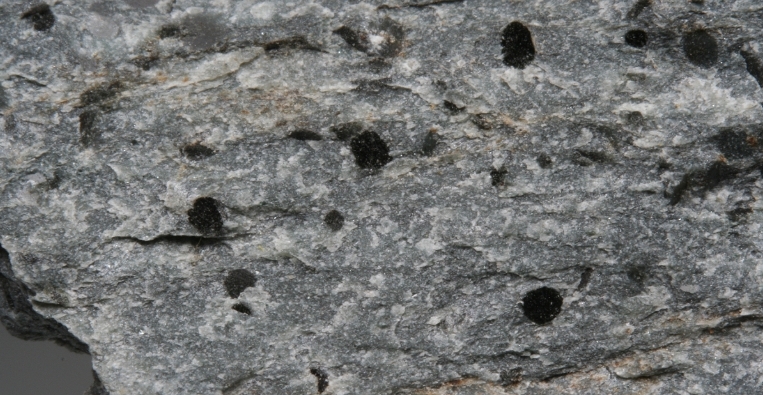Chloritoid is a captivating mineral that is not as well-known as some of its more popular counterparts, but it is just as fascinating. Let’s delve into the world of Chloritoid and discover why it is a mineral worth exploring.
What is Chloritoid?
Chloritoid is a mineral that belongs to the chlorite group and is primarily composed of aluminum, iron, magnesium, and silicon. It is typically found in metamorphic rocks, such as schists and gneisses, and derives its name from its chlorite-like appearance.
Physical Characteristics
Chloritoid is known for its deep green color, which can range from olive green to blackish green. It has a glassy or pearly luster and a hardness of 6.5-7 on the Mohs scale. Chloritoid forms in prismatic or tabular crystals, as well as in fibrous aggregates.
Unique Properties
One of the most intriguing properties of Chloritoid is its pleochroism, which means that it can exhibit different colors when viewed from different angles. This unique optical characteristic adds to the allure of this mineral.
Geological Significance
Chloritoid is commonly found in regions where high-grade metamorphism has occurred, such as mountain ranges and subduction zones. Its presence can provide valuable insights into the geological processes that have shaped the Earth’s crust over millions of years.
Uses in Industry
While Chloritoid is not widely used in industry, it has been occasionally used as a gemstone or ornamental stone due to its attractive color and luster. It is also sometimes used in the field of geology for research and study purposes.
In conclusion, Chloritoid may not be as well-known as other minerals, but its unique properties and geological significance make it a mineral worth exploring. So next time you come across this captivating mineral, take a closer look and appreciate the beauty and complexity of Chloritoid.

